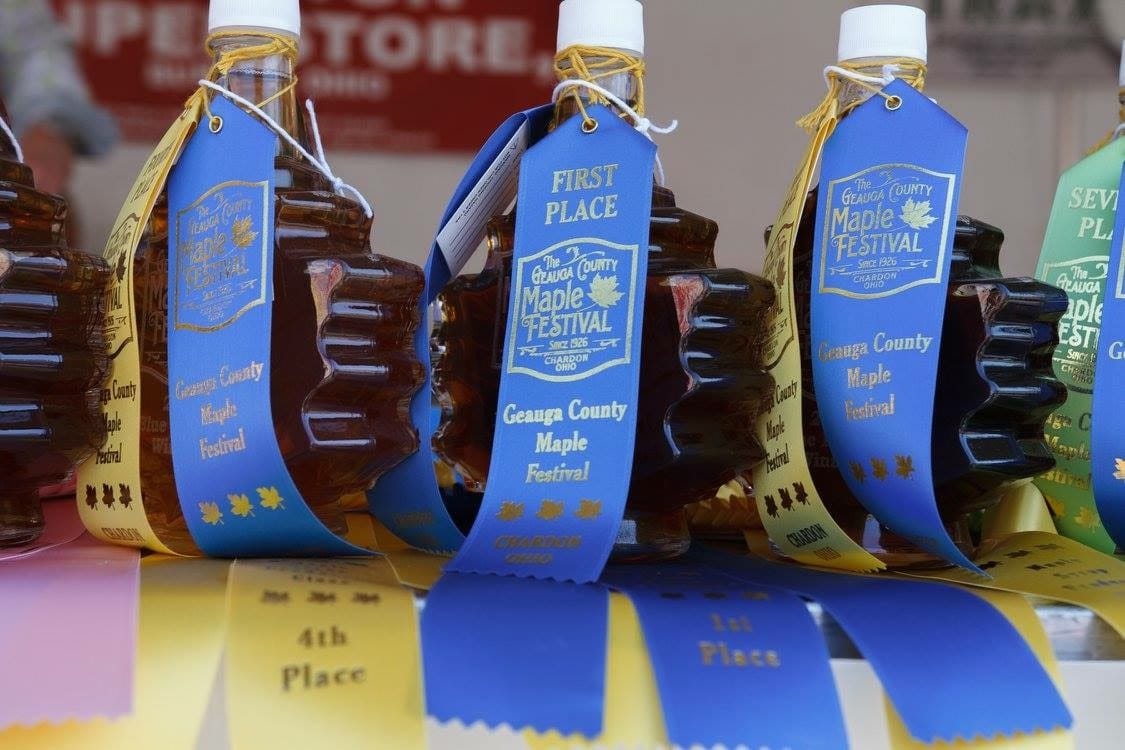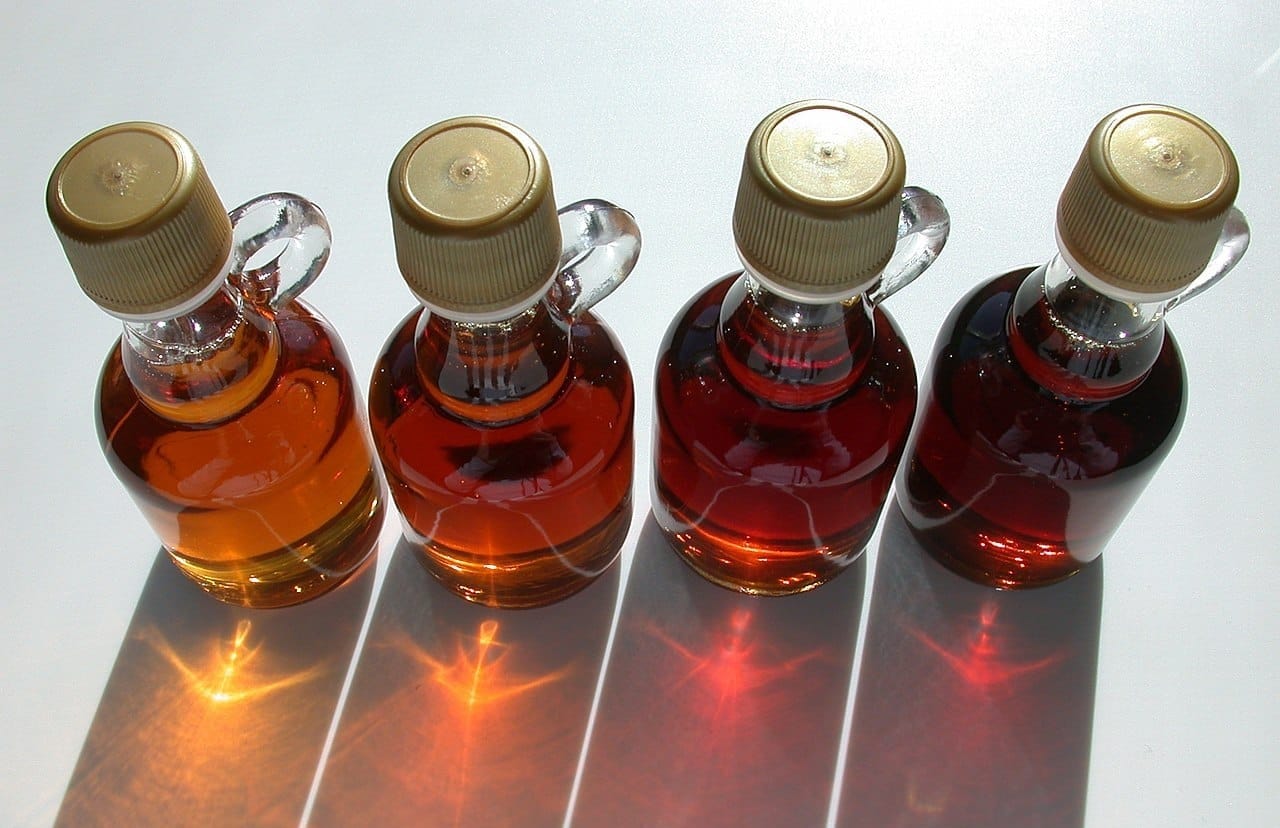Discover Why Pure Grade A Maple Syrup Is So Expensive
Century-old maple trees yield sap requiring about 50 gallons to produce just one gallon of 100% pure Grade A maple syrup. This labor-intensive process and high sap requirement make it an expensive delicacy.

Century-old maple trees, when tapped, yield sap often called "liquid gold." It takes around 50 gallons of this sap to produce just one gallon of 100% pure Grade A maple syrup.
In the Hudson Valley of New York State, this premium syrup can fetch over $200 per gallon, a price nearly 29 times higher than that of common imitation syrups.
Despite its steep price, the demand for Grade A maple syrup remains strong.
What is Maple Syrup?
Maple syrup is created from the sap of maple trees. In colder climates, these trees store starch in their trunks and roots before winter, which is later converted into sugar as temperatures rise in late winter and early spring.
The sap, rich in this sugar, is collected by tapping the trees—drilling small holes into their trunks.
The harvested sap is then heated to evaporate most of the water, resulting in the concentrated syrup we know as maple syrup.
Origin and History
Maple syrup production originated with the Indigenous peoples of Northeastern North America.
European settlers later adopted the practice and gradually modified the production methods over time.
Significant technological advancements in the 1970s further enhanced syrup processing.
Today, nearly all of the world's maple syrup is produced in Canada and the United States, with the Canadian province of Quebec leading the way, accounting for 70% of global production.
In 2016, Canadian maple syrup exports reached C$487 million (approximately US$360 million), with Quebec contributing around 90% of that total.
What Is Pure Grade A Maple Syrup?

According to the USDA, U.S. Grade A maple syrup is defined by several specific quality standards.
It must have a solids content by weight (Brix) of no more than 68.9%.
The syrup should exhibit a uniform color, possess a flavor and odor that are characteristic of its color class, and be free from any off-flavors or odors that would be considered defects.
Additionally, Grade A syrup must be clear, without any cloudiness, turbidity, or sediment, and it must be clean.
No deviations from these standards are permitted for syrup to qualify as Grade A.
The Four Global Grades of Maple Syrup

Maple syrup is now classified globally into four simple Grade A categories, each with its unique color and taste profile:
- Grade A - GOLDEN (delicate taste): Previously known as ‘Grade A Light.’
- Grade A - AMBER (rich taste): Previously known as ‘Grade A Medium.’
- Grade A - DARK (robust taste): Previously known as ‘Grade A Dark.’
- Grade A - VERY DARK (strong taste): Previously known as ‘Grade B.’
Though all these varieties fall under Grade A, they differ in color and flavor intensity, much like the differences between a Merlot and a Cabernet Sauvignon in red wines.
Over the years, there has been a notable shift in customer preferences, with at least 95% now favoring DARK or VERY DARK syrup.
The Reason Behind the Different Grades of Maple Syrup
Why Are There Different Grades of Maple Syrup?
Maple syrup is graded to assist consumers in selecting the ideal product for their culinary needs.
Over time, the industry has adopted various grading systems to reflect the changes in color and flavor that occur throughout the harvest season.
In 2016, the current grading system was introduced, moving away from the previous letter-based classifications to a system that categorizes syrup by color.
There are four distinct color grades, with lighter syrups offering a more delicate flavor and darker ones providing a stronger taste.
These variations in color and flavor are influenced by weather conditions.
The maple harvest begins in early spring when cooler temperatures limit microbial activity in the sap.
As the season progresses and temperatures rise, the microbial presence increases, which alters the sap's color and flavor.
The rise in microbial activity is directly related to a decrease in sugar content and a deepening of the sap's color.
This is why syrup produced at the beginning of the season is lighter and more subtly flavored, while syrup harvested later is darker and has a more robust taste.
So Why Is It So Expensive?
Pure Grade A maple syrup is one of the most expensive natural sweeteners due to its labor-intensive production process and the challenges associated with its limited production areas.
The journey begins with the maple tree, which requires thirty to forty years to mature enough for tapping.
Since these trees are often found in remote natural stands, sugarbushes are usually located far from towns and roads, making the process of accessing and harvesting the sap more challenging.
Tapping the tree involves drilling one or two holes and attaching buckets to collect the sap.
These buckets must be covered to prevent contamination from leaves and debris.
The sap collection process is short, lasting only 4-6 weeks in early spring. During this time, the sap needs to be regularly gathered every few days, and the tree must be monitored to ensure the holes remain open.
Once the tree begins to bud, the buckets are removed, and the holes are sealed to protect the tree from insects.
The collected sap is then taken to a sugar shack for evaporation. Converting sap to syrup is an energy-intensive process—approximately 40 liters of sap are required to produce just one liter of syrup.
The sap has a low sugar content, necessitating extensive boiling to concentrate the sugars.
This process demands precise temperature control; too high a temperature results in gritty syrup, while too low a temperature leaves the syrup watery and prone to spoilage.
Additionally, the sugar content in the sap raises its boiling point above that of water, requiring careful monitoring to achieve the perfect syrup consistency.
Fuel costs also add to the price, as the evaporators are typically heated by fuel oil, with each liter of syrup requiring 2.7 to 3.4 liters of fuel oil, depending on the efficiency of the setup.
In some cases, wood-fired evaporators are used, which adds the task of cutting and preparing firewood before tapping begins.
The combination of the maple tree’s slow growth, the remote locations of sugarbushes, the short harvesting season, the labor-intensive production process, and the significant energy costs all contribute to the high price and exclusivity of pure Grade A maple syrup.
Beyond Just Syrup: The Many Faces of Maple
While maple syrup is the most well-known product made from maple sap, this sweetener offers a wide range of other options that extend its versatility far beyond just syrup.
Maple sugar, for example, is a natural alternative to refined sugars and can be used in the same quantities.
It’s perfect for enhancing the flavor of classic baked goods like cakes, cookies, and meringues.
Maple also comes in the form of a spread, which is delicious when spread on French toast or used in glazes.
The possibilities don’t end there—maple flakes are a unique ingredient often used to rim cocktail glasses or added to spice blends for a touch of sweetness.
Maple's versatility continues to expand with specialty products like maple wines, vinegars, jellies, and mustards, offering even more ways to enjoy this distinctive flavor.
A Pure and Natural Sweetener
Pure maple syrup stands out as a completely natural and vegan-friendly sweetener, setting it apart from many other sweeteners on the market.
Produced in regions like Quebec, Canada, maple syrup is made entirely from the sap of maple trees, ensuring a product of the highest quality and flavor.
As a natural product, maple syrup is rich in nutrients, particularly riboflavin and manganese, making it a healthier option compared to refined sugars.
Its nutrient concentration provides greater health benefits, including its potential to contribute to overall wellness.
Moreover, because it contains no artificial additives or additional ingredients, pure maple syrup is suitable for a variety of dietary needs.
Whether following a low-FODMAP, gluten-free, or vegan diet, this versatile sweetener can be enjoyed by many.


